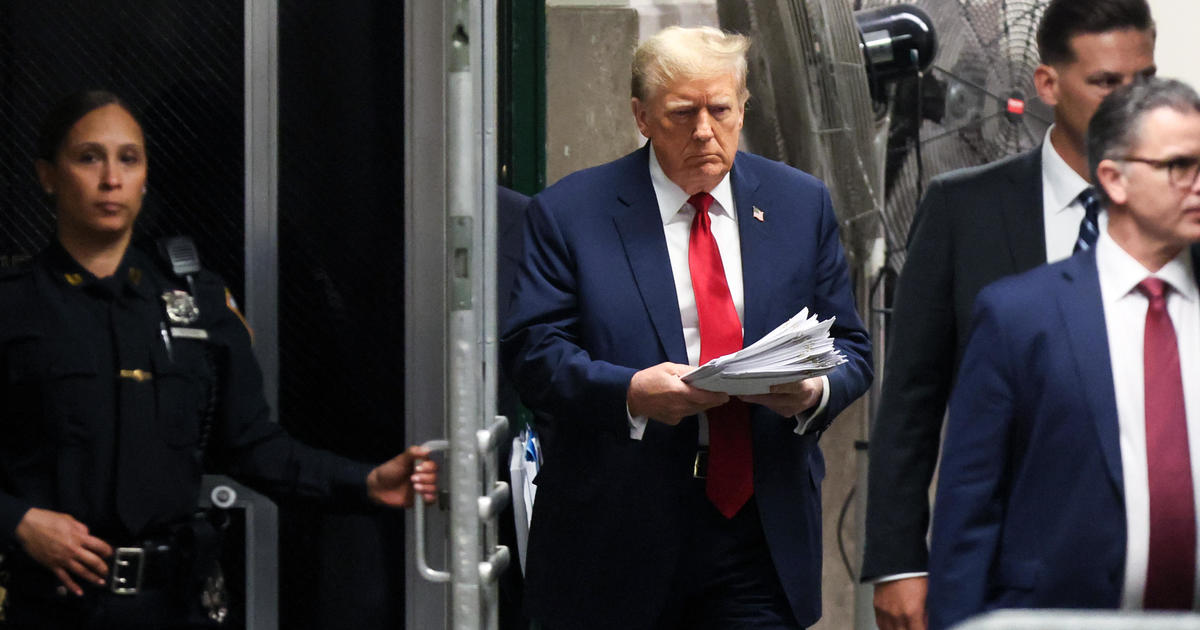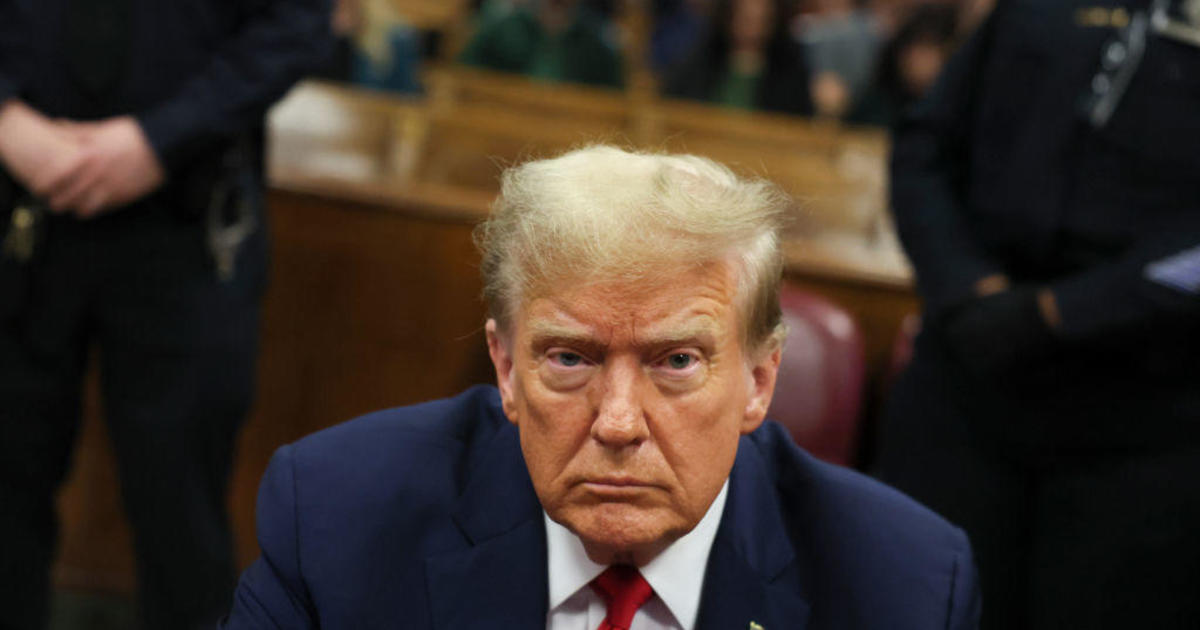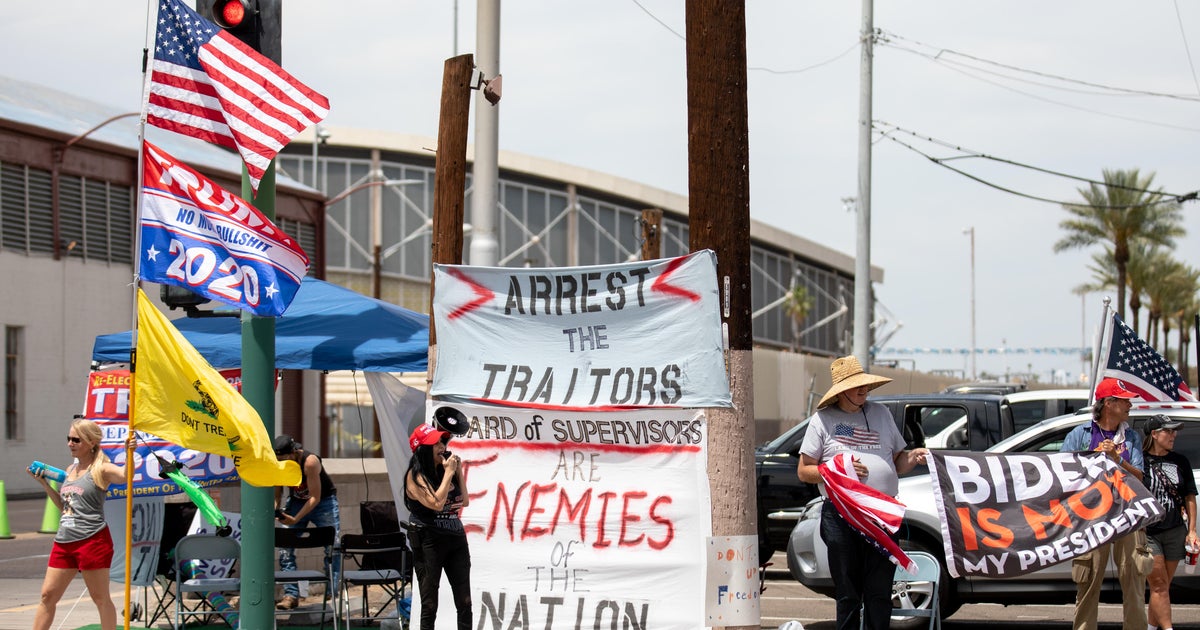Trump's $300 in extra unemployment aid: More than half of states approved
More than half of U.S. states have been approved for President Donald Trump's extra $300 in weekly jobless benefits. The aid is geared toward helping the 28.2 million workers who are currently collecting their states' regular unemployment benefits, which typically replaces only a fraction of a worker's regular income.
The latest state to receive approval was Connecticut, which received the green light from FEMA on Monday. Another 29 states have also been given the nod from the federal agency. The aid is funded by $44 billion in funds allocated for natural disaster relief.
Even so, it's unclear how many states are currently disbursing the extra benefits, with FEMA officials last week saying that only one state so far — Arizona — had actually begun payment of the extra $300 per week. Federal officials have said the time required to get the money into the hands of jobless workers would "vary wildly," with some states needing as many as six weeks to disburse the funds after receiving approval from FEMA.
About one-fifth of the U.S. workforce is currently receiving unemployment aid, according to Andrew Stettner, senior fellow at The Century Foundation. But many of them are struggling after the loss of $600 in extra weekly unemployment aid at the end of July, which has pushed millions of jobless workers off an income cliff.
With Congress deadlocked on another stimulus bill, Mr. Trump signed an order on August 8 to provide the extra $300 in benefits to jobless workers. But Mr. Trump's Lost Wages Assistance (LWA) executive action doesn't go far enough, Stettner said.
"Our analysis shows that LWA would cut the average value of per-person regular unemployment benefits from $908 to $608, a 33% loss," he said in a statement.
That states that have been approved for the extra aid are: Alabama, Alaska, California, Colorado, Connecticut, Georgia, Idaho, Indiana, Iowa, Kentucky, Louisiana, Maryland, Massachusetts, Michigan, Mississippi, Missouri, Montana, New Hampshire, New Mexico, New York, North Carolina, Oklahoma, Pennsylvania, Rhode Island, Tennessee, Texas, Utah, Vermont and Washington.
South Dakota is the only state that so far has declined the extra aid.
Expiration date
Mr. Trump's extra aid also has an expiration date, with FEMA noting that it's authorized an initial three weeks of payments. An additional week or two of funding could be available beyond that, but that depends on how much money states use and whether there are other demands on the $44 billion in disaster relief funds. For instance, some of those funds may be needed to provide aid to regions suffering from storm or hurricane damage.
There are already signs that the loss of extra jobless aid is affecting consumers' spending and attitudes. Consumer confidence fell to 84.8 in August, below the consensus estimate of 93, according to the Conference Board on Tuesday.
"We suspect that the still-widespread incidence of COVID-19 infections is undermining confidence, and the expiration of federal unemployment benefits is also dampening spirits," noted Oxford Economics chief U.S. financial economist Kathy Bostjancic in a Tuesday report. "Households are becoming more cautious in their outlook for continued healing of the economy."



